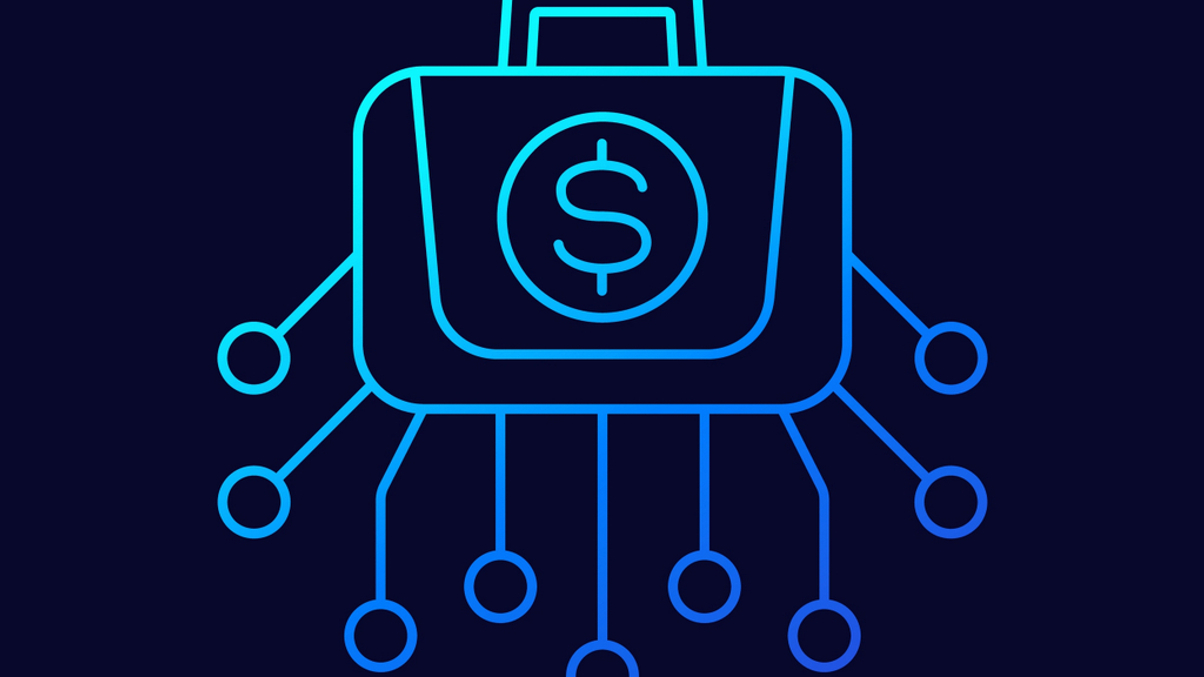What tokenisation offers institutional investors
In the first of a two-part series about the rise of token technology, experts outline aspects of blockchain-enabled securitisation of assets that could appeal to large investors.

With digital assets set to become ubiquitous, it makes sense for asset owners owners to familiarise themselves with so-called tokenisation technology. Industry specialists point to its liquidity, governance and customisation benefits, and institutions are likely to have to engage with the concept soon enough in any case, by design or otherwise, if they haven't already.
Sign In to Your Account
Access Exclusive AsianInvestor Content!
Please sign in to your subscription to unlock full access to our premium AI resources.
Free Registration & 7-Day Trial
Register now to enjoy a 7-day free trial—no registration fees required. Click the link to get started.
Note: This free trial is a one-time offer.
¬ Haymarket Media Limited. All rights reserved.


